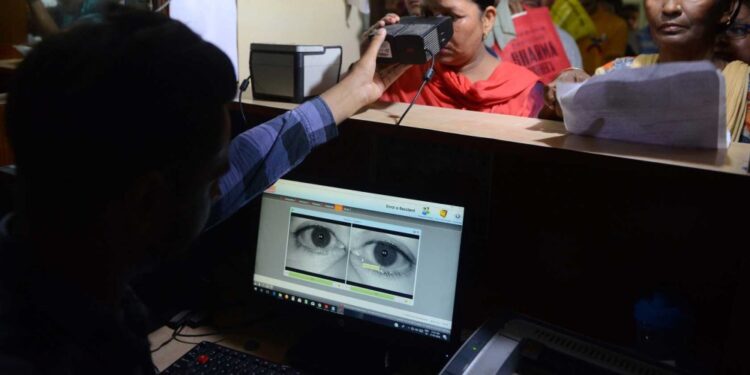When we dream about the future, the possibilities are endless. Everyday a new innovation is made, some of these innovations turn out to be impactive to the everyday lives of people. In the process these projects have made dreams a reality through creativity, adaptability and perseverance, and continue to shape the world around us. The most influential government projects list recognizes governmental projects that have transformed the sector and the entire business landscape.
Here are the top 10 most influential government projects in the world.
1. Belt and Road Initiative
The most ambitious infrastructure undertaking in the world, this US$8 trillion or so Silk Road reboot encompasses more than 1,800 projects across more than 60 economies that are home to 65 percent of the world’s population. As China invests in the developing world on an unprecedented, transcontinental scale, it’s also looking to extend its reach as a global power.
2. Euro
After more than a decade of planning, 12 European countries and 300 million eurozone residents made the seamless switch–on a single day in 2002–to what is now the second-most-popular currency in the world.
3. ARPANET
Developed in 1969 by the U.S. Department of Defense, the Advanced Research Projects Agency Network (ARPANET) was the world’s first computer network to later use TCP/IP protocol, an essential precursor to today’s internet.
4. Aadhaar
The Indian government’s identity program, introduced in 2009, combined the latest technology with eye scans and fingerprints to create a unique, verifiable identification number for 99 percent of India’s adults. The result? A biometric database with 1.2 billion participants–the world’s largest.
5. General Data Protection Regulation
The European Union’s 2018 GDPR marked one of the most significant changes in data privacy regulation in decades and will continue to reshape industries around the globe.
6. Curitiba BRT
When the growing city of Curitiba, Brazil needed a flexible, efficient, budget-friendly public transportation option in the 1970s, its leaders landed on the idea of reinventing buses. The new system provided dedicated lanes, sleek glass stops and special prepayment options to move travelers quickly. The bus rapid transit system is now an infrastructure staple in cities around the world.
7. e-Estonia
In the 1990s, Estonia began building its own digital society. Since then the Baltic country has moved 99 percent of government services online–setting the standard for effective e-government that other countries are now striving to emulate.
8. Operation Flood
How did India go from the 50th largest milk producer in the world to the first? Through Operation Flood, a 26-year push that launched in 1970 and connected India’s dairy farmers directly to consumers via one of the world’s largest rural development initiatives.
9. Kyoto Protocol
In an effort to bring accountability to government programs around climate change, this international treaty– signed in 1997–committed developed countries to reducing greenhouse gases. The treaty also led to the creation of a carbon trading marketplace.
10. Itaipu Dam10 Itaipu Dam
Since it began operations in 1984, the Itaipu hydroelectric dam on the border of Brazil and Paraguay has produced more than 2.6 billion megawatt hours of energy, making it one of the top power producers of any dam in the world.















